Games like New Super Mario Bros.
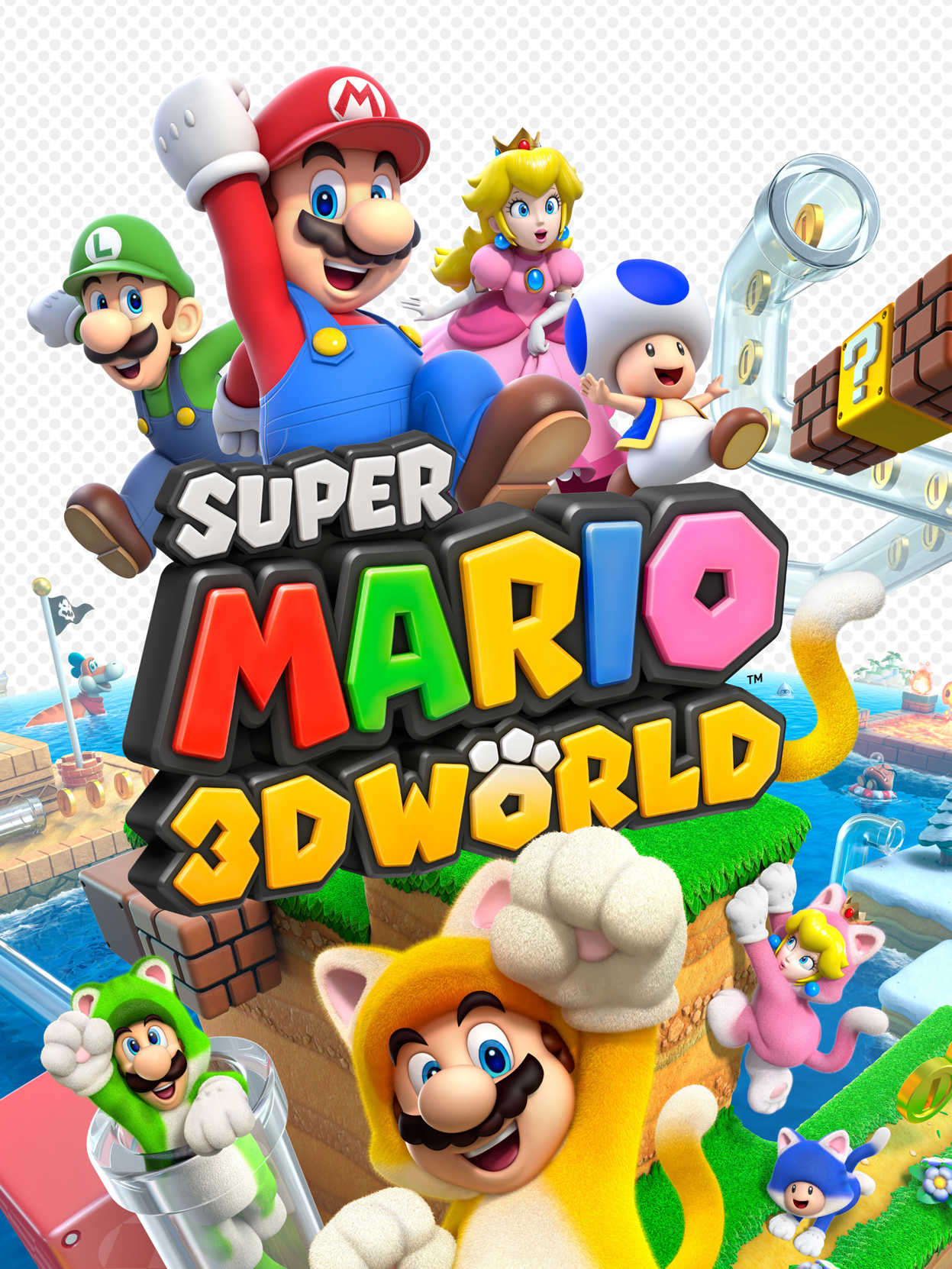
Super Mario 3D World
Super Mario 3D World is a 3D platformer action game for the Wii U, and a follow-up of the Nintendo 3DS installment Super Mario 3D Land. The game builds upon the previous installment, following a similar 3D level-design convention inspired from the 2D platformer titles where players must navigate through a linear-designed level within a time limit to reach a level's Goal Pole. One key aspect introduced in this title is the simultaneous multiplayer: while not the first game in the series to do so, it is the first 3D title in the Mario series to incorporate up to four players cooperating with each other to reach the goal. Players can select their character from a pool of playable characters prior to starting the game, and each of these characters have their own unique playstyle that gives them advantages and disadvantages over other characters. The game makes use of several Wii U exclusive features, such as tapping blocks with the touch screen on the GamePad and blowing into the mic to reveal hidden items and blow away enemies. Various new power-ups are introduced in this title, with the trademark suit being the Cat power-up, which enables characters to perform a melee attack, climb up walls, and leap while midair, as well as the game generally having a cat-based theme.
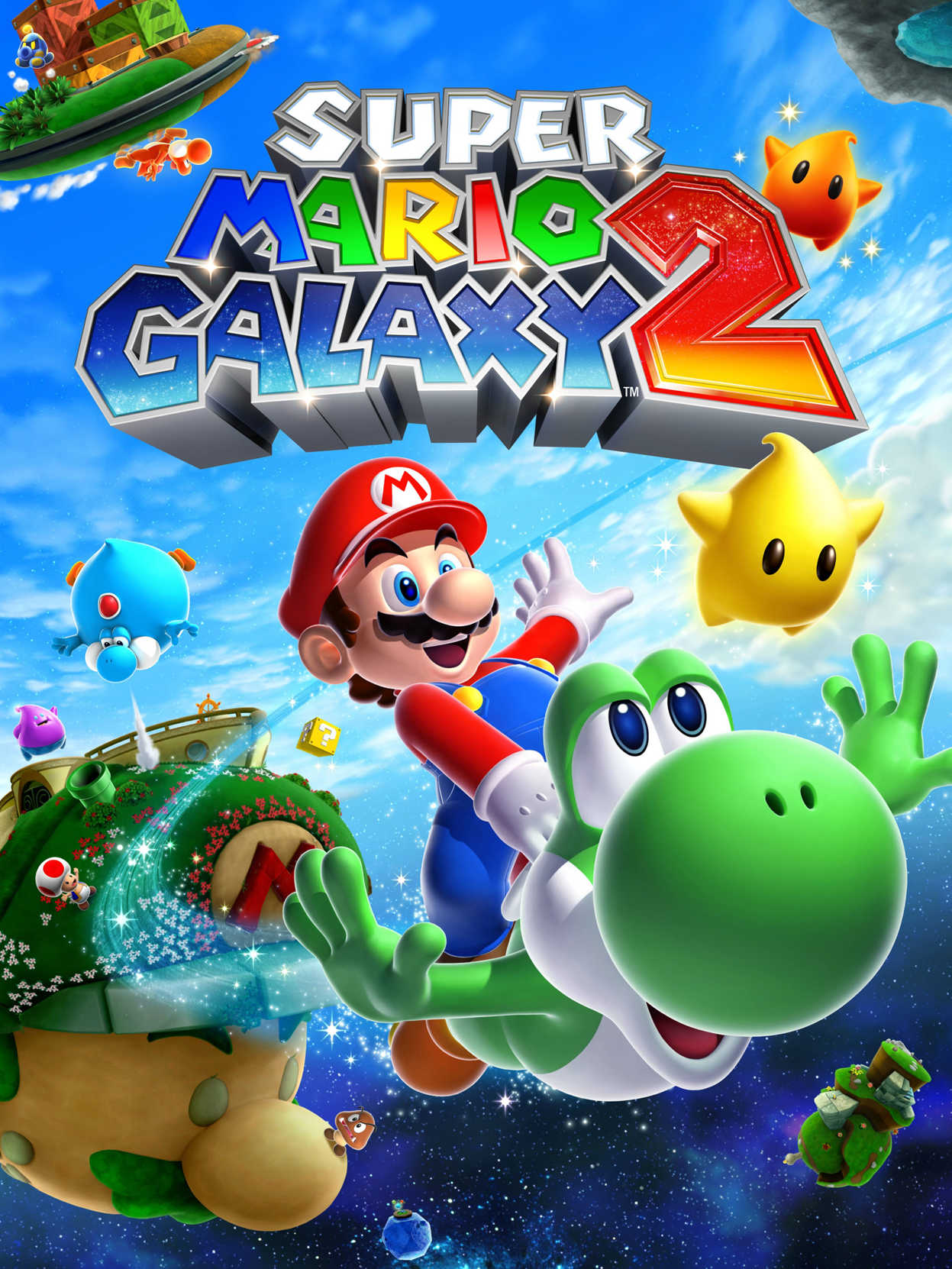
Super Mario Galaxy 2
Super Mario Galaxy 2 is the sequel to Super Mario Galaxy and the fourth 3D platformer entry in the Mario franchise. The sequel retains many elements from its predecessor, such as the adventure being in outer space, the element of gravity, and recurring objects such as Launch Stars and Sling Stars. Returning items include the Bee Mushroom and the Fire Flower. However, the game introduces new elements as well, such as the utilization of Yoshi, new power-ups like the Cloud Flower, and the use of a guide within the game for beginner players.
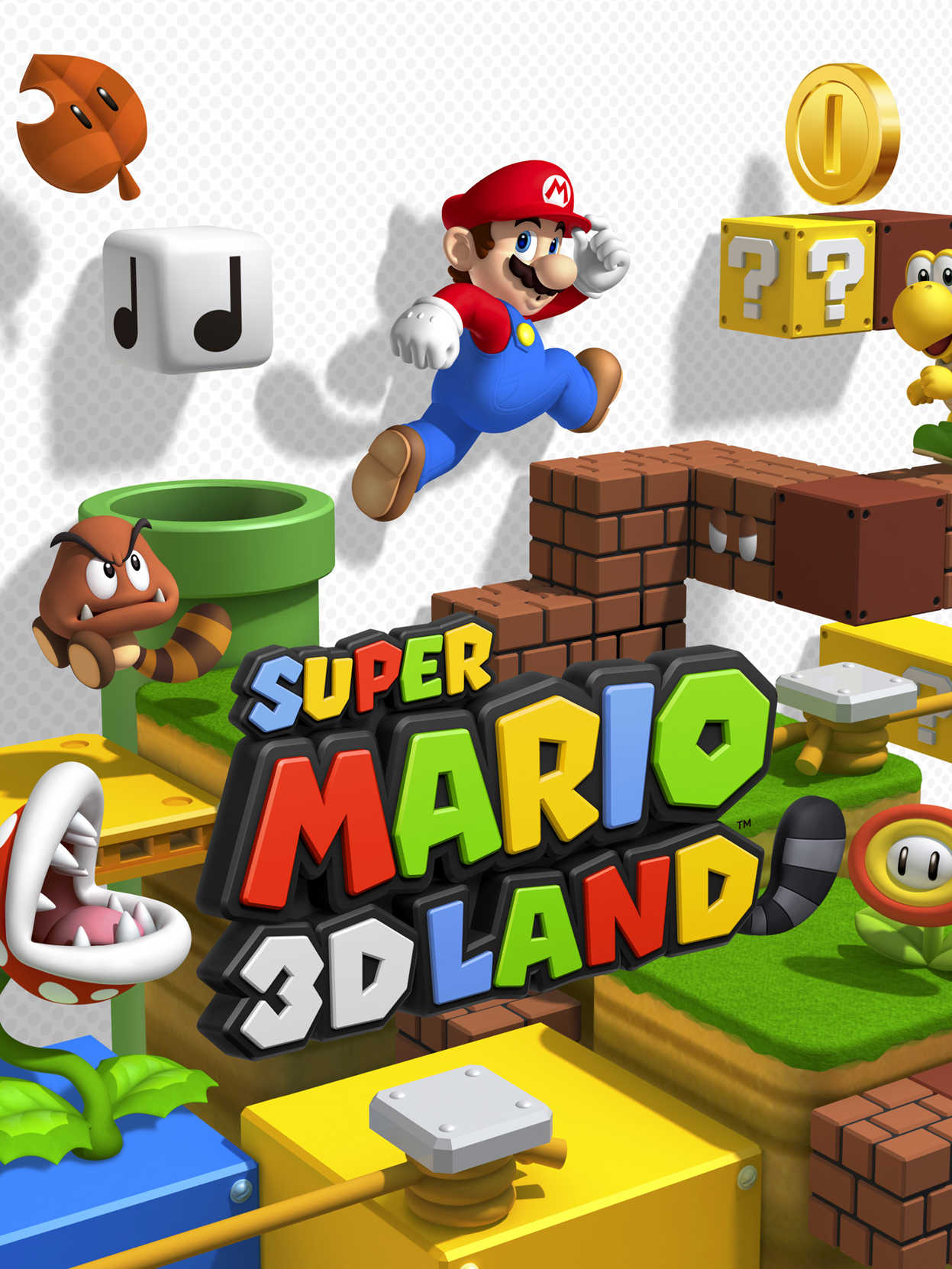
Super Mario 3D Land
Super Mario 3D Land is the second 3D Super Mario platformer for a handheld device, and the successor to Super Mario Galaxy 2. The game is closely based on side-scrolling Mario games, as it combine elements from both traditional 2D Mario games and modern free-roaming 3D Mario games. It also introduces elements into the series, including power-ups and gameplay mechanics.
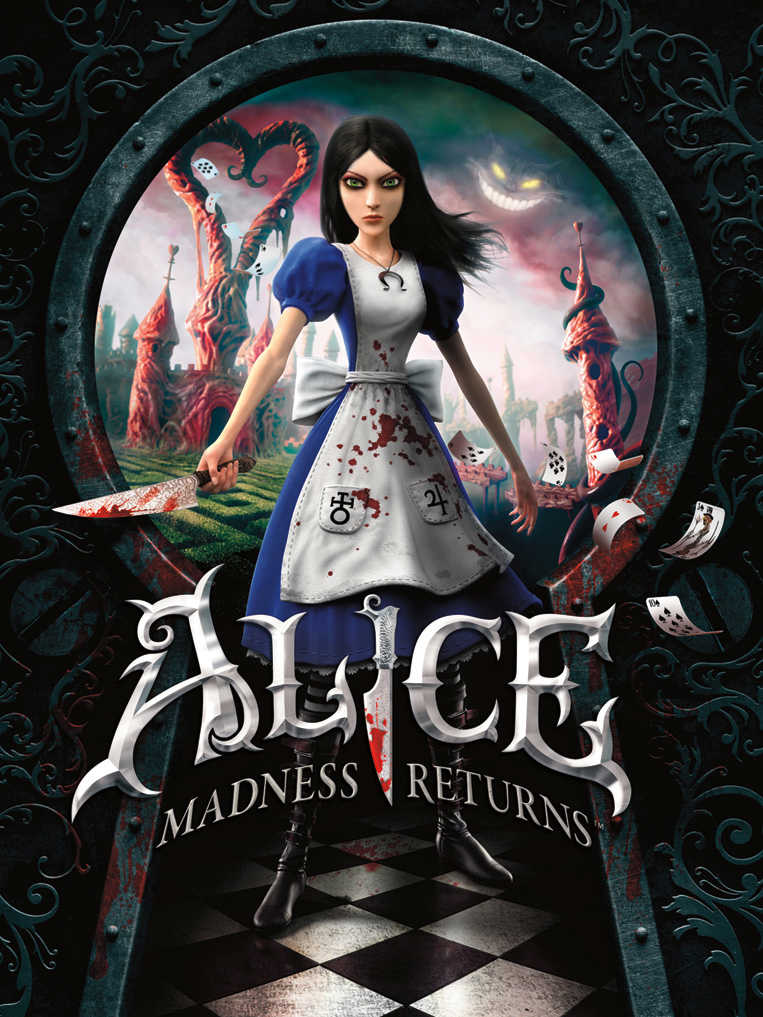
Alice: Madness Returns
Return to Wonderland and experience an all new nightmare as Alice fights to regain her sanity as she fights for the truth behind her past. Can Alice save Wonderland - and herself - from the madness that consumes them both?
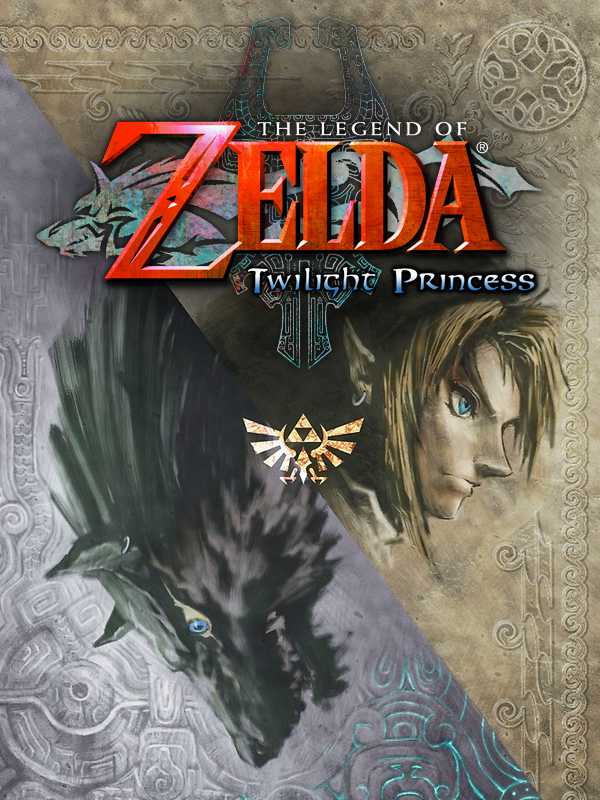
The Legend of Zelda: Twilight Princess
The Legend of Zelda: Twilight Princess is the last Zelda game for GameCube, it was highly anticipated by many members of the gaming community and was regarded as finally fulfilling the dreams of those who wanted a much more realistic and mature game than the ones before. The art is similar to the naturalistic style of Ocarina of Time, rather than the cel-shaded look of The Wind Waker. The main adventure takes place in several provinces with dungeons and temples. New to this game is the ability for Link to transform into a Wolf when entering the Twilight. As a wolf, Link can use his senses to solve puzzles and get past obstacles, he can also dig holes to find hearts and rupees. Twilight Princess has received universal acclaim from reviewers and journalists, who cited it as the greatest Zelda game of all time.
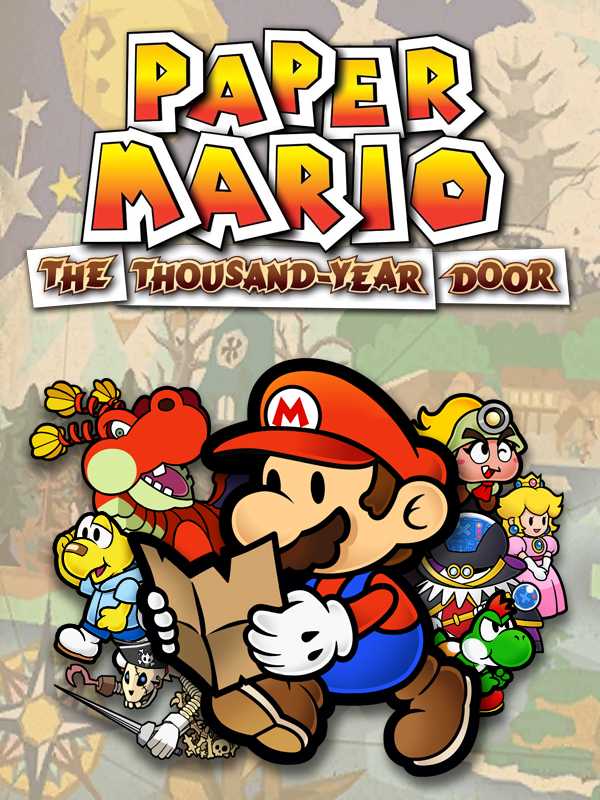
Paper Mario: The Thousand-Year Door
What sleeps behind the door? Time passes, the pages turn… and a new chapter unfolds in an unfamiliar land! Get ready for a two-dimensional role-playing adventure for the ages as Mario returns to paper form to discover a mystery that sleeps behind an ancient, legendary portal called the Thousand-Year Door. The quest is long, the dangers many, and this time, Mario will have to make full use of his papery qualities just to survive.
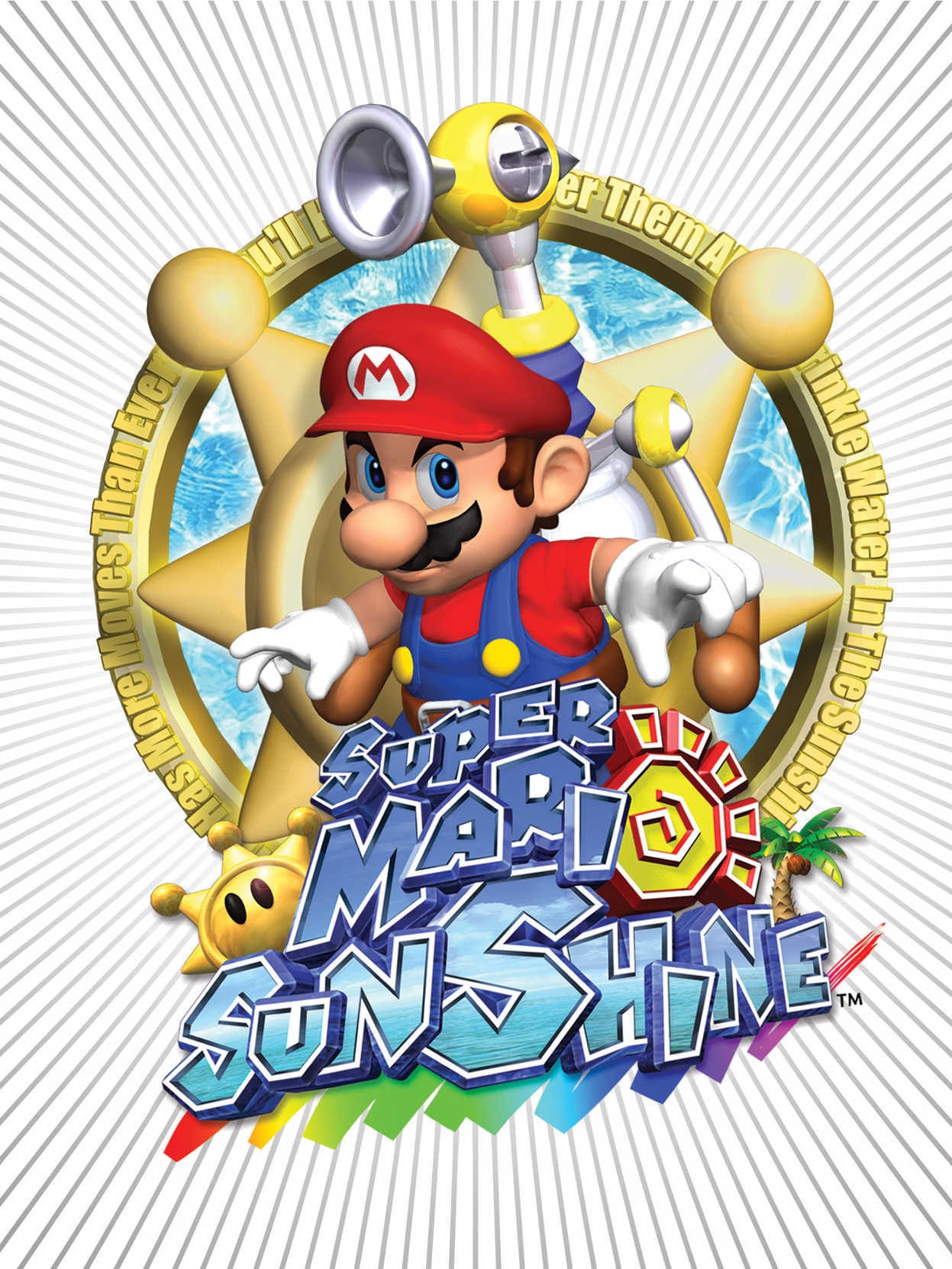
Super Mario Sunshine
Super Mario Sunshine is a Mario action-adventure 3D platformer. It follows Super Mario 64, and is the second 3D Mario platformer. Gameplay features a combination of action and puzzle solving, with numerous stages and multiple episodes to each stage, and plenty of hidden secrets and surprises. This game introduced many recurring characters and bosses in the Mario series, including Toadsworth, Bowser Jr., Petey Piranha, Gooper Blooper, Piantas, Nokis, Shadow Mario, and F.L.U.D.D. Super Mario Sunshine pays homage to Mario's Italian heritage and upbringing, with many of the locations in the game having Italian names and sometimes referencing Italian culture.
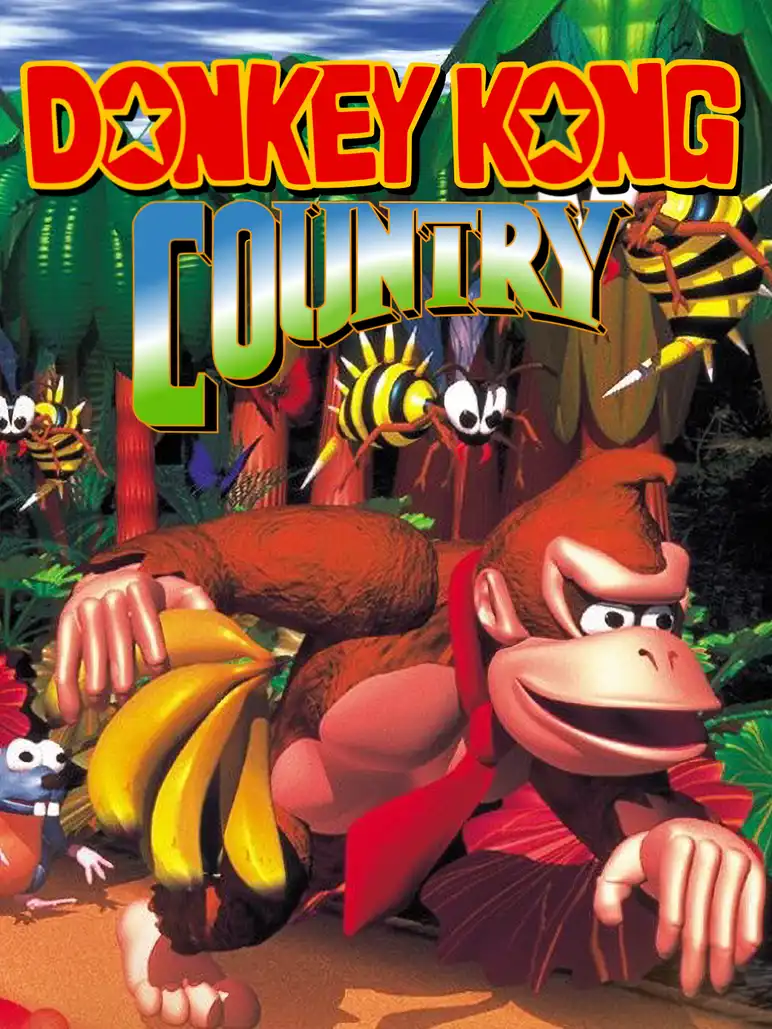
Donkey Kong Country
Donkey Kong Country is a side scrolling platformer by British developers Rare in 1994. It featured revolutionary pre-rendered 3D graphics that give the game a very unique look compared to most other games on consoles at the time. The two playable characters featured in the game are the titular character, Donkey Kong and his nephew, Diddy Kong. Together the two swing, climb, jump, swim, cartwheel, ride animals, and blast out of barrels on their way to recover their stolen bannanas from the evil King K. Rool and his Kremling army. The adventure takes you through a variety of different environments and levels that continually change up gameplay. Donkey Kong Country also provides plenty of opportunities for exploration with almost every level having a multitude of collectible, shortcuts, and hidden bonus areas.

Super Mario Bros. 3
Super Mario Bros. 3, the third entry in the Super Mario Bros. series and Super Mario franchise, sees Mario or Luigi navigate a nonlinear world map containing platforming levels and optional minigames and challenges. The game features more diverse movement options and new items alongside more complex level designs and boss battles.
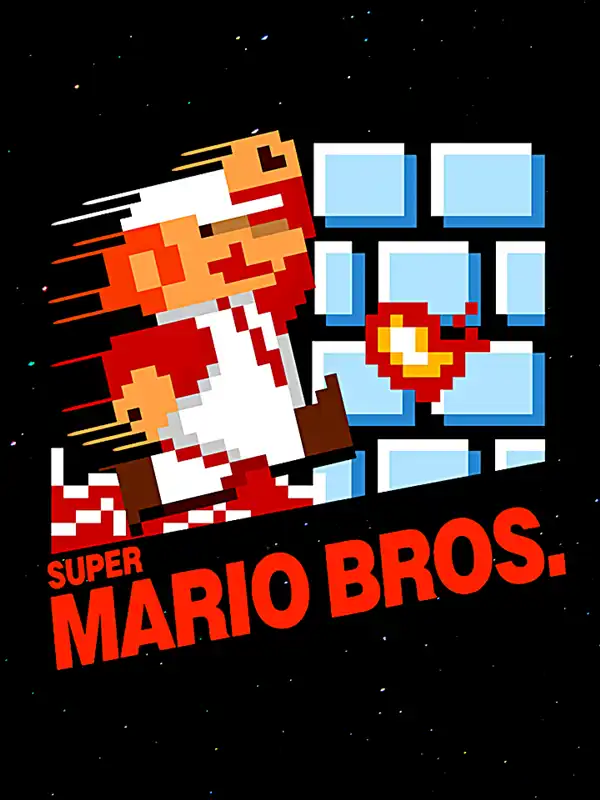
Super Mario Bros.
A side scrolling 2D platformer and first entry in the Super Mario franchise, Super Mario Bros. follows Italian plumber Mario as he treks across many levels of platforming challenges featuring hostile enemies to rescue Princess Peach from the evil king Bowser.